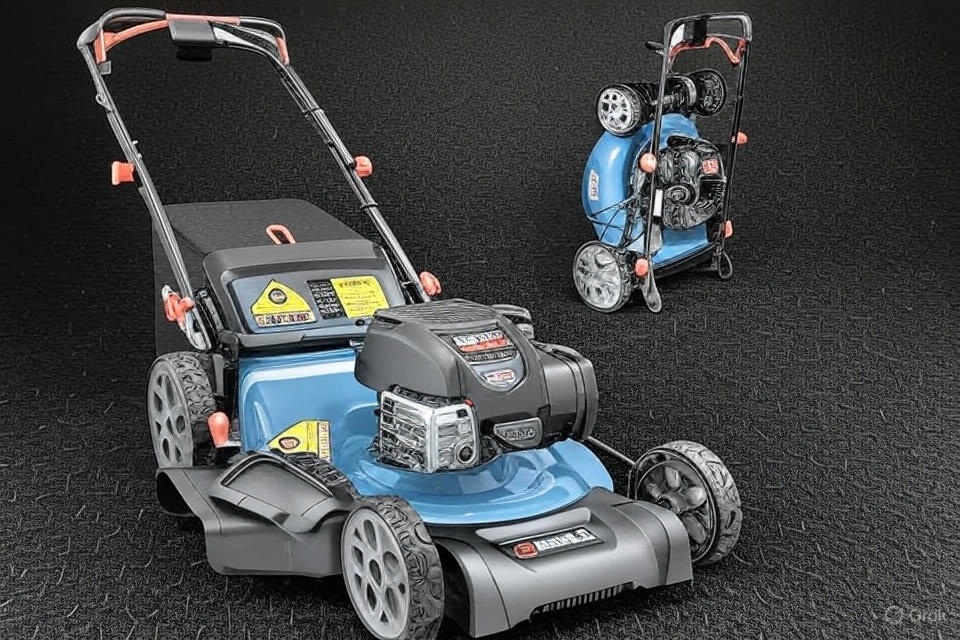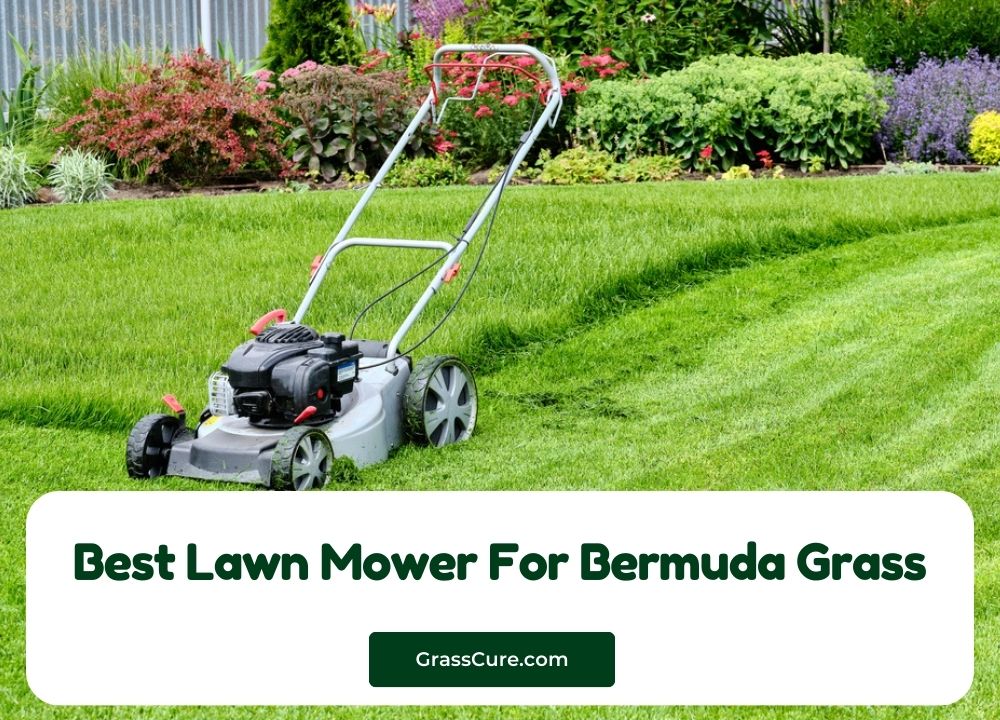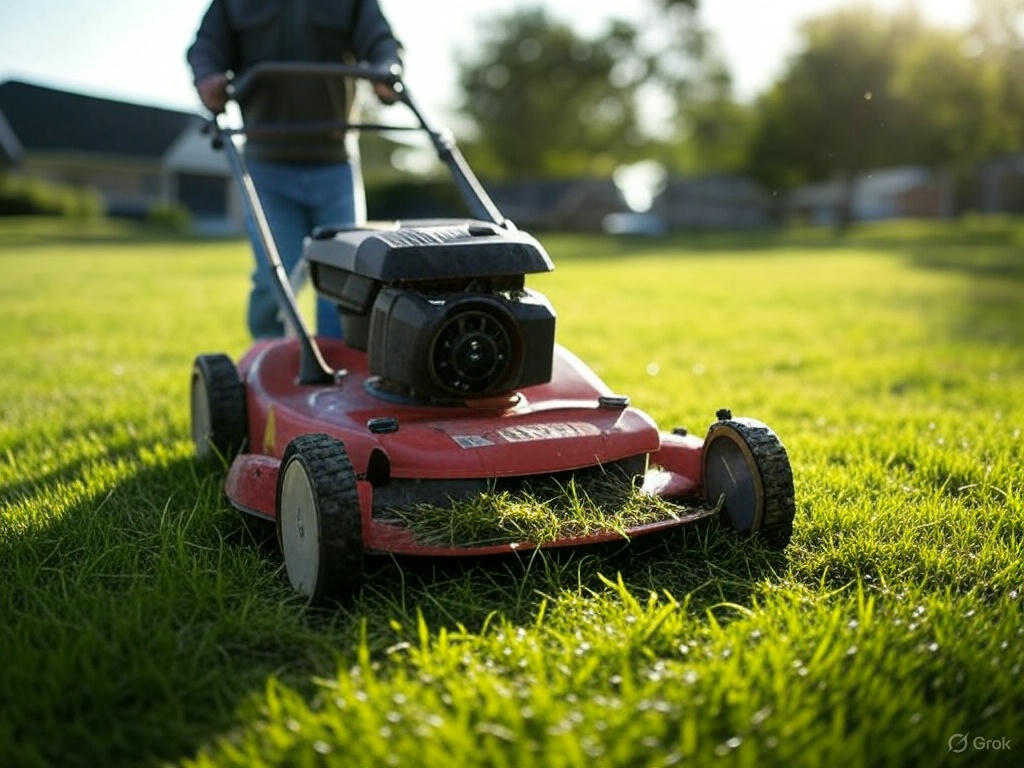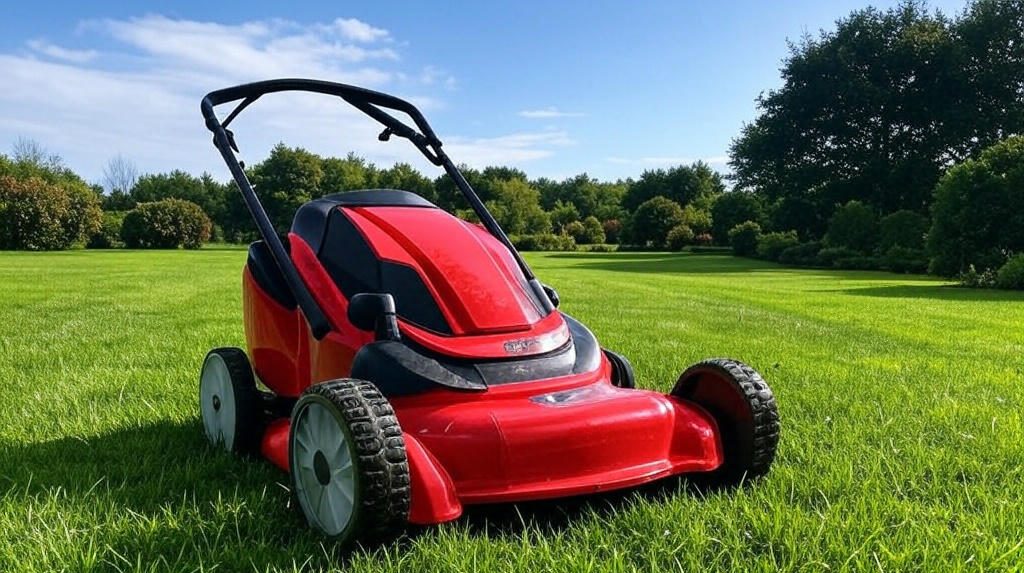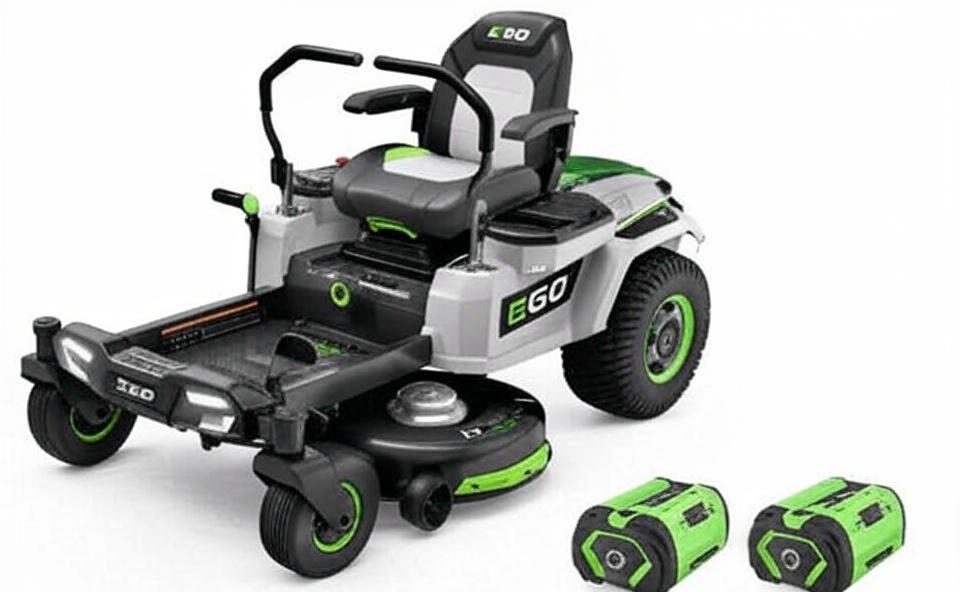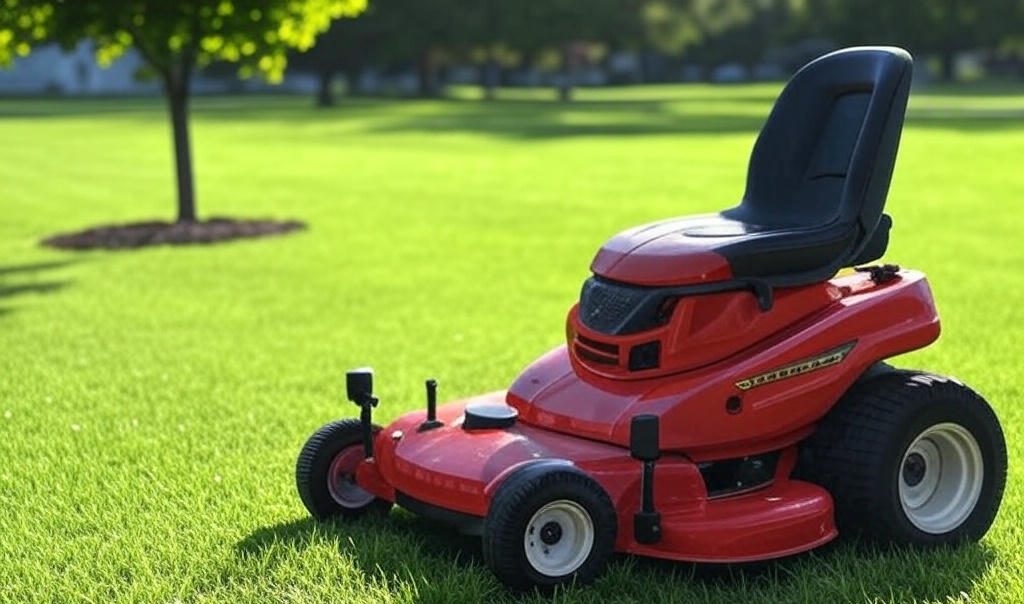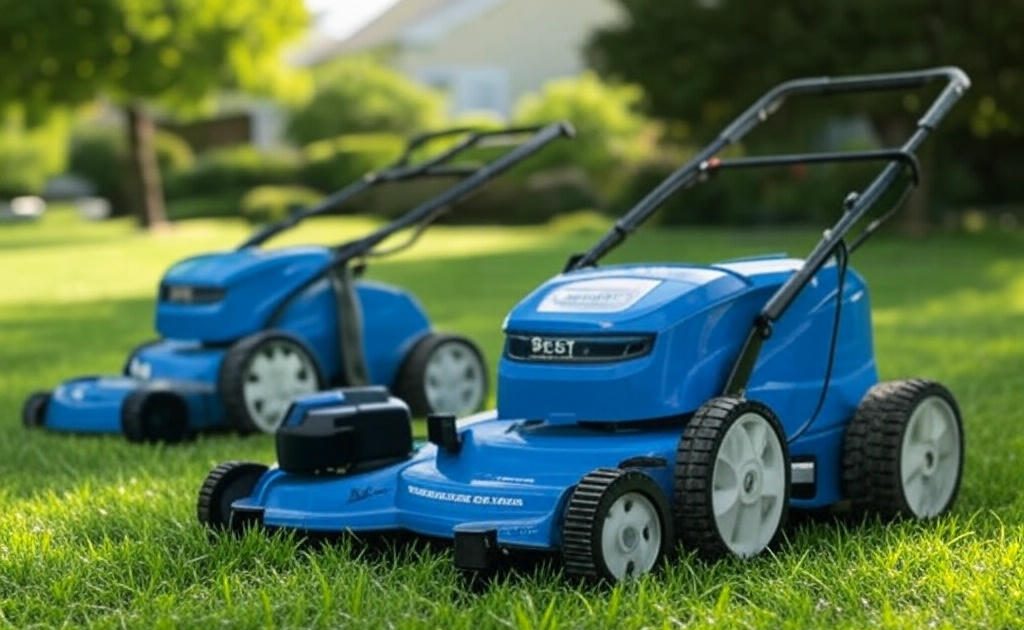Finding the perfect lawn mower can transform your yard maintenance routine from a dreaded chore into a satisfying weekend activity. The 22-inch cutting deck strikes the ideal balance between maneuverability and coverage, making it a popular choice for homeowners with medium to large lawns. After extensive research and analysis, we’ve compiled this comprehensive guide to help you make an informed decision.
Contents
- Why 22-Inch Lawn Mowers Excel in Modern Lawn Care
- Our Top 5 22-Inch Lawn Mower Picks
- Essential Factors to Consider When Selecting Your 22-Inch Lawn Mower
- Maintenance Tips for Long-Lasting Performance
- Comparing Gas vs. Battery Power Options
- Understanding Cutting Height and Grass Types
- Budget Considerations and Value Analysis
- Safety Features and Operator Protection
- Conclusion: Making the Right Choice for Your Lawn
Why 22-Inch Lawn Mowers Excel in Modern Lawn Care
The 22-inch cutting deck offers significant advantages over smaller alternatives. This size provides excellent coverage while maintaining the agility needed for navigating around obstacles like trees, garden beds, and outdoor furniture. Professional landscapers often recommend this deck size for residential properties because it reduces mowing time without sacrificing precision.
Modern 22-inch mowers come equipped with advanced features that make lawn maintenance more efficient and enjoyable. Self-propelled systems reduce physical strain, while 3-in-1 cutting systems offer versatility for different lawn conditions. These machines handle everything from light weekly trims to tackling overgrown grass after vacation periods.
Our Top 5 22-Inch Lawn Mower Picks
1. YARDMAX 22-Inch 201cc Walk Behind Self-Propelled Lawn Mower
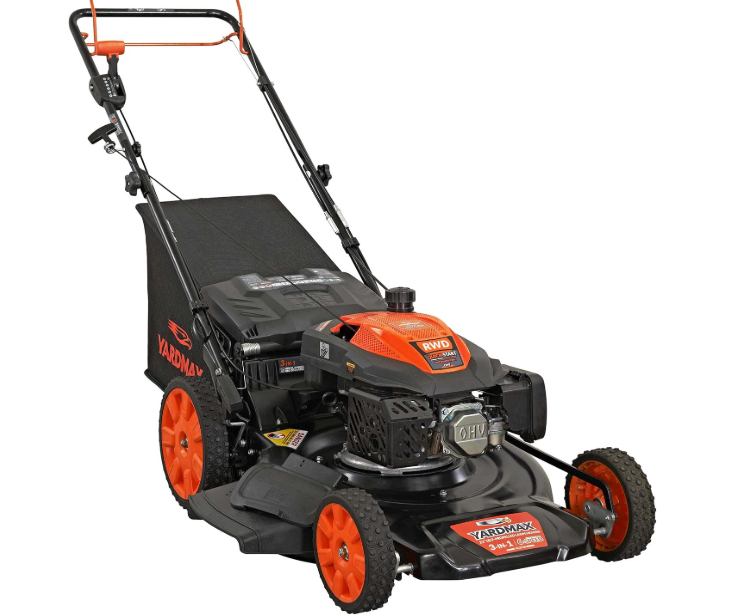
The YARDMAX stands out as our top pick for its innovative Select PACE CVT transmission system. This mower delivers exceptional power through its 201cc engine, providing smooth operation across various terrain types. The continuously variable transmission allows seamless speed adjustments without stopping or shifting gears.
Key Features:
- 201cc Briggs & Stratton engine for reliable performance
- 6-speed CVT transmission for precise speed control
- High rear wheels for improved traction and stability
- 3-in-1 cutting system (mulch, bag, side discharge)
- Dual-lever height adjustment with 6 positions
The 16-gauge stamped steel deck construction ensures durability and longevity. The one-piece seamless steel deck construction provides exceptional strength, making this mower capable of handling tough mowing conditions season after season.
Pros:
- Excellent engine power for thick grass
- Smooth CVT transmission reduces operator fatigue
- High-quality steel deck construction
- Versatile 3-in-1 cutting options
- Large rear wheels navigate uneven terrain easily
Cons:
- Higher price point than basic models
- CVT system may require more maintenance
- Heavier weight due to robust construction
Best For: Homeowners with large lawns who prioritize performance and durability over budget considerations.
2. PowerSmart Self-Propelled Gas Lawn Mower
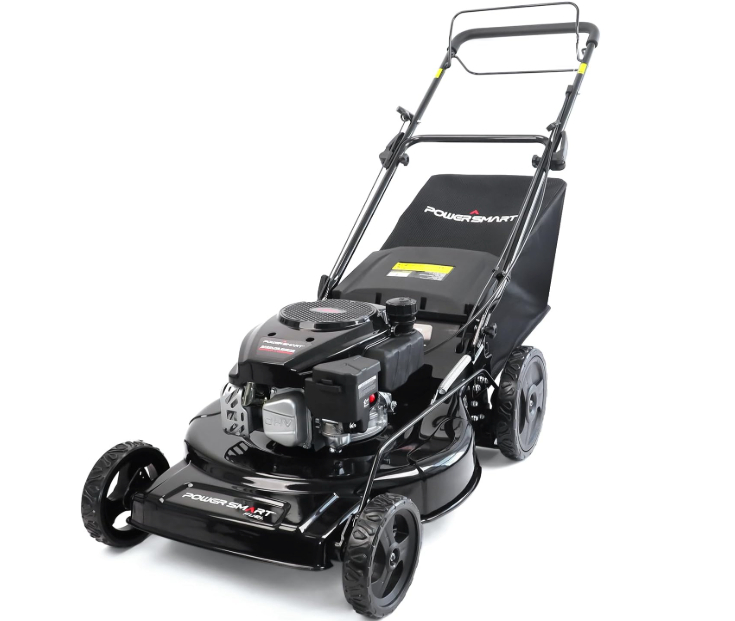
The PowerSmart delivers solid performance at a competitive price point. Its 170cc OHV engine provides ample power for most residential lawns, while the rear-wheel drive system offers excellent traction on slopes and wet grass. The 2-in-1 mulching and bagging system handles various lawn conditions effectively.
Key Features:
- 170cc 4-cycle OHV engine for consistent power
- Rear-wheel drive for superior traction
- Single-speed transmission for simplicity
- 2-in-1 mulching and bagging system
- 6-position height adjustment
This mower excels in reliability and ease of use. The 170 cubic centimeter (cc) 4-stroke gas engine is about the most powerful engine you could hope for in a push lawn mower, providing dependable performance for years of service.
Pros:
- Powerful engine handles thick grass effectively
- Affordable price point
- Simple operation with minimal learning curve
- Reliable starting system
- Good fuel efficiency
Cons:
- Single-speed transmission limits versatility
- Only 2-in-1 cutting system (no side discharge)
- Basic features compared to premium models
Best For: Budget-conscious homeowners seeking reliable performance without advanced features.
3. SENIX LSSG-H2 22-Inch Self-Propelled Gas Lawn Mower
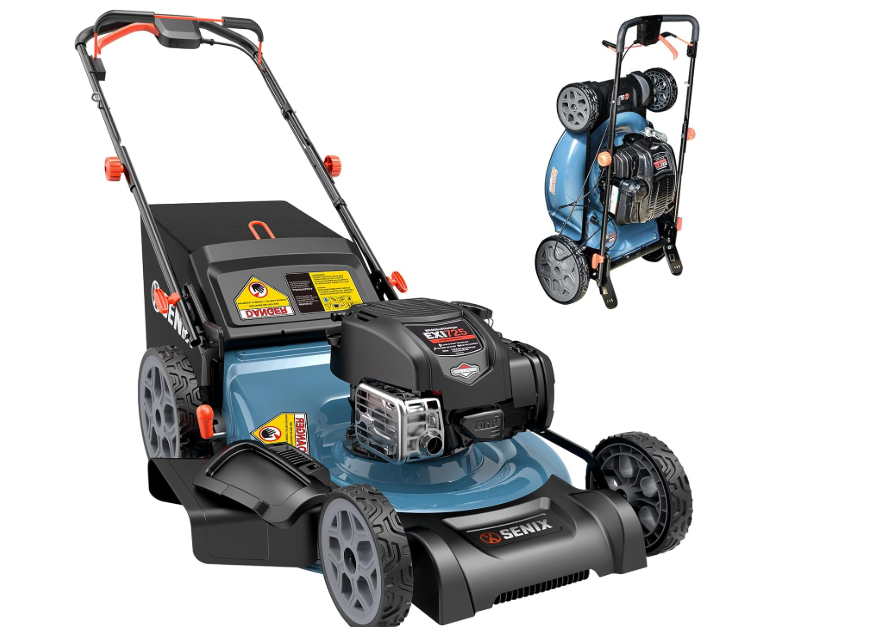
The SENIX offers excellent value with its feature-rich design and competitive pricing. The 163cc engine provides adequate power for most lawn conditions, while the variable speed self-propelled system adapts to different walking paces. The 3-in-1 cutting system offers maximum versatility for various lawn care needs.
Key Features:
- 163cc 4-cycle engine with reliable starting
- Variable speed self-propelled system
- 3-in-1 cutting system with all discharge options
- 6-position height adjustment
- Large rear wheels for stability
Customer feedback highlights the mower’s ease of use and intuitive controls. Customers praise the product’s ease of use, intuitive controls, and effortless accessory attachment, making it a pleasure to operate.
Pros:
- Excellent value for money
- Full 3-in-1 cutting versatility
- Easy-to-use controls
- Variable speed transmission
- Good build quality for the price
Cons:
- Engine power slightly lower than premium models
- May struggle with very thick or tall grass
- Limited availability in some regions
Best For: Homeowners seeking maximum features at a reasonable price point.
4. PowerSmart Self-Propelled Gas Lawn Mower 22-Inch
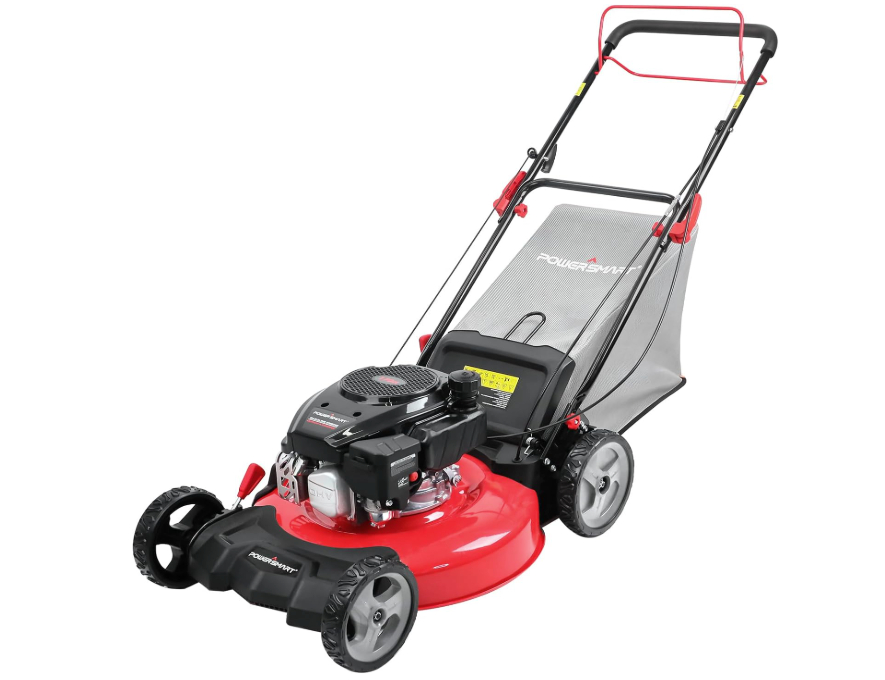
This PowerSmart model builds upon the success of its sibling with enhanced features and improved performance. The 170cc OHV engine delivers consistent power, while the 3-in-1 cutting system with bagging capability handles diverse lawn conditions. The rear-wheel drive system provides excellent traction on challenging terrain.
Key Features:
- 170cc OHV engine for reliable performance
- 3-in-1 cutting system with bagging
- Rear-wheel drive for superior control
- Single-speed transmission
- Durable steel deck construction
The enhanced bagging system sets this model apart from the basic version. The large grass catcher efficiently collects clippings, reducing cleanup time after mowing sessions.
Pros:
- Powerful engine performance
- Complete 3-in-1 cutting system
- Excellent bagging capacity
- Sturdy construction
- Good value proposition
Cons:
- Single-speed limitation
- Heavier than push mowers
- May require more storage space
Best For: Homeowners who prioritize bagging capability and don’t need variable speed control.
5. Toro 60V MAX 22-Inch Recycler with Personal Pace Lawn Mower
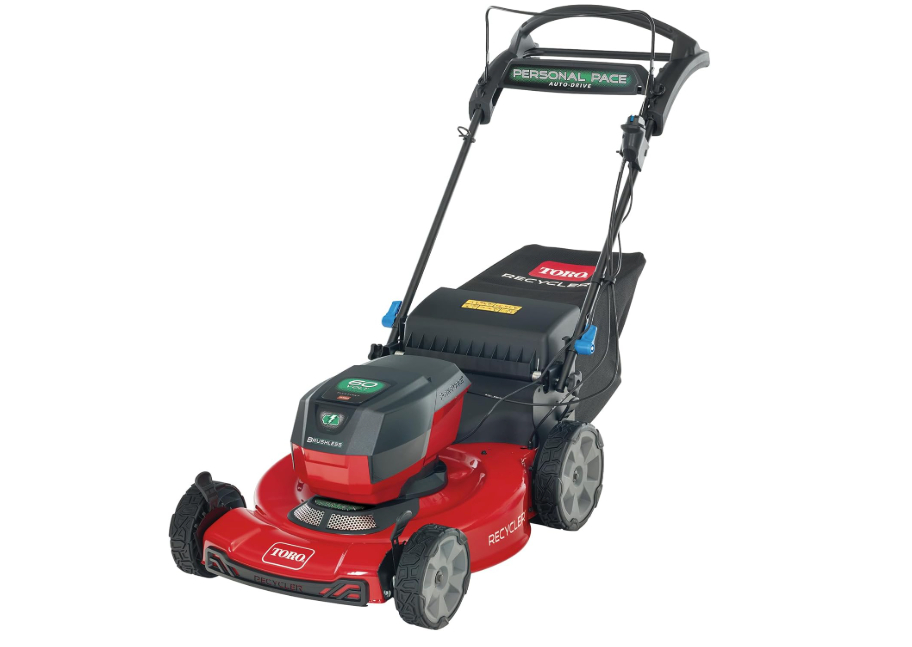
The Toro represents the pinnacle of battery-powered lawn mowing technology. Its innovative Personal Pace system automatically adjusts to your walking speed, while the 60V MAX battery platform delivers gas-like power without emissions. The Recycler cutting system provides superior mulching performance.
Key Features:
- 60V MAX battery system for extended runtime
- Personal Pace automatic speed adjustment
- Recycler cutting system for fine mulching
- 22-inch steel deck for durability
- Lightweight design for easy maneuverability
The Personal Pace feature eliminates the need for speed controls entirely. The mower’s speed matches your pace. We’ve used other mowers with sliding handlebars, but the one on the Toro Recycler is by far the best.
Pros:
- Zero emissions operation
- Quiet operation suitable for any time of day
- Automatic speed adjustment
- Excellent mulching performance
- Minimal maintenance requirements
Cons:
- Higher upfront cost
- Battery and charger sold separately
- Limited runtime compared to gas engines
- May struggle with very thick grass
Best For: Environmentally conscious homeowners who value convenience and quiet operation.
Essential Factors to Consider When Selecting Your 22-Inch Lawn Mower
Engine Power and Performance
Engine size directly impacts cutting performance and durability. Gas engines ranging from 160cc to 201cc provide different power levels for various lawn conditions. Larger engines handle thick grass and tough conditions better but consume more fuel and require more maintenance.
Battery-powered alternatives offer convenience and environmental benefits. Modern lithium-ion batteries provide impressive runtime and power, though they may struggle with extremely demanding conditions that gas engines handle easily.
Transmission Types and Speed Control
Self-propelled mowers come with different transmission systems that affect ease of use and versatility. Single-speed transmissions offer simplicity but lack flexibility for different walking paces or terrain conditions. Variable speed systems provide better control but add complexity and potential maintenance points.
CVT (Continuously Variable Transmission) systems represent the premium option, offering infinite speed adjustment within their range. These systems provide the smoothest operation but typically cost more and require specialized maintenance.
Cutting System Versatility
The 3-in-1 cutting system has become the gold standard for residential mowers. This system allows switching between mulching, bagging, and side discharge modes without tools or complicated adjustments. Mulching returns nutrients to the lawn, bagging provides clean collection for disposal or composting, and side discharge handles extremely thick grass efficiently.
Some budget models offer only 2-in-1 systems, typically combining mulching and bagging while omitting side discharge. While this saves cost, it limits options for handling challenging grass conditions.
Deck Construction and Durability
Steel decks offer superior durability and cutting performance compared to plastic alternatives. Stamped steel provides good strength at reasonable cost, while fabricated steel offers premium durability for demanding applications. Deck thickness, measured in gauge numbers, indicates strength – lower numbers represent thicker, stronger steel.
Deck design affects grass flow and cutting quality. Well-designed decks create proper airflow patterns that lift grass for clean cuts and efficient discharge. Poor deck designs can cause clumping, uneven cuts, and clogging issues.
Wheel Size and Traction
Large rear wheels improve stability and make it easier to navigate uneven terrain. High-wheel designs with 10-inch or larger rear wheels roll over obstacles more easily and provide better traction on slopes. Front wheel size affects maneuverability – smaller front wheels typically turn more easily around obstacles.
Rear-wheel drive systems provide better traction than front-wheel drive, especially on slopes and in wet conditions. The weight of the engine over the drive wheels improves grip and reduces wheel spin on challenging terrain.
Maintenance Tips for Long-Lasting Performance
Regular Engine Maintenance
Gas engines require periodic maintenance to ensure reliable operation and longevity. Change oil according to manufacturer recommendations, typically every 25-50 hours of operation or at least once per season. Use the recommended oil type and maintain proper levels to prevent engine damage.
Air filter maintenance keeps engines running efficiently. Clean or replace air filters regularly, especially in dusty conditions. Clogged filters reduce power and increase fuel consumption while potentially damaging internal engine components.
Spark plug replacement ensures reliable starting and optimal performance. Replace spark plugs annually or according to manufacturer specifications. Use the correct plug type and gap setting for your specific engine model.
Deck Care and Blade Maintenance
Sharp blades produce clean cuts that promote healthy grass growth. Dull blades tear grass rather than cutting cleanly, creating brown tips and increasing disease susceptibility. Sharpen blades at least once per season or more frequently with heavy use.
Clean the deck regularly to prevent grass buildup and corrosion. Remove accumulated clippings and debris after each use, especially when mulching wet grass. Apply a thin coat of oil or spray lubricant to prevent rust on exposed metal surfaces.
Storage and Seasonal Preparation
Proper storage extends mower life and ensures reliable starting next season. For gas mowers, either drain fuel completely or add stabilizer to prevent fuel degradation. Run the engine until it stops to remove fuel from the carburetor.
Battery-powered mowers require different storage considerations. Store batteries in a cool, dry location and maintain partial charge levels during extended storage periods. Avoid completely draining batteries, as this can reduce their lifespan.
Comparing Gas vs. Battery Power Options
Gas Engine Advantages
Gas engines provide unlimited runtime limited only by fuel tank capacity. They deliver consistent power regardless of grass conditions and handle demanding situations that might overwhelm battery systems. Gas mowers typically cost less initially and offer familiar maintenance routines.
Fuel availability makes gas mowers suitable for large properties or commercial applications. Refueling takes minutes, allowing continuous operation for extended periods. Gas engines also provide more power per pound compared to battery alternatives.
Battery Power Benefits
Battery-powered mowers offer significant convenience advantages. They start instantly with the push of a button, require no fuel mixing or carburetor adjustments, and operate much more quietly than gas engines. This quiet operation allows mowing at any time without disturbing neighbors.
Environmental benefits include zero local emissions and reduced noise pollution. Battery mowers require minimal maintenance – no oil changes, spark plug replacements, or fuel system cleaning. They also store more easily since there’s no fuel to drain or fumes to consider.
Performance Considerations
Gas engines generally provide more consistent power throughout the cutting session. Battery power can diminish as charge levels drop, potentially affecting performance in challenging conditions. However, modern battery technology has largely eliminated this concern for typical residential use.
Runtime varies significantly between power sources. Gas mowers run until the tank empties, typically 1-2 hours depending on tank size and conditions. Battery runtime depends on battery capacity, grass conditions, and mower efficiency, usually ranging from 30-60 minutes per charge.
Understanding Cutting Height and Grass Types
Optimal Cutting Heights for Different Grass Species
Cool-season grasses like fescue, bluegrass, and ryegrass perform best when cut to 2.5-3.5 inches tall. This height promotes deep root growth and helps the grass compete with weeds. Cutting too short stresses cool-season grasses and reduces their drought tolerance.
Warm-season grasses including Bermuda, Zoysia, and St. Augustine prefer shorter cutting heights, typically 1-2.5 inches. These grasses spread horizontally and benefit from shorter cuts that promote dense growth and prevent thatch buildup.
Seasonal Cutting Adjustments
Spring cutting should remove no more than one-third of the grass height to avoid stressing plants emerging from dormancy. Gradually lower cutting heights as grass growth accelerates and reaches peak growing season conditions.
Summer cutting often requires raising the deck height to help grass cope with heat stress. Taller grass shades the soil, reducing water evaporation and keeping roots cooler. This is particularly important during drought periods or in areas with limited irrigation.
Fall cutting can gradually decrease height as grass growth slows. The final cut of the season should be slightly shorter than summer heights to prevent snow mold and other winter diseases in northern climates.
Budget Considerations and Value Analysis
Initial Purchase Price vs. Long-Term Costs
Budget models may seem attractive initially but can cost more over time through increased maintenance, shorter lifespan, and reduced performance. Premium models typically offer better build quality, longer warranties, and more efficient operation that can offset higher purchase prices.
Consider the total cost of ownership including fuel, maintenance, and potential repairs. Gas mowers require ongoing fuel purchases, oil changes, and periodic tune-ups. Battery mowers have higher initial costs but lower operating expenses over their lifetime.
Warranty Coverage and Support
Manufacturer warranties vary significantly between brands and models. Premium brands typically offer longer warranties and better customer support networks. This can be crucial for resolving issues quickly and maintaining your investment.
Local dealer support affects service availability and parts accessibility. Popular brands with established dealer networks provide better long-term support than lesser-known manufacturers with limited service infrastructure.
Resale Value Considerations
Well-known brands typically retain value better than generic alternatives. If you plan to upgrade in a few years, investing in a recognized brand can provide better returns when selling or trading in your mower.
Maintain detailed service records and original documentation to maximize resale value. Properly maintained mowers from reputable manufacturers often sell for 40-60% of their original price after several years of use.
Safety Features and Operator Protection
Blade Control Systems
Modern mowers incorporate safety features that prevent accidental blade engagement. Blade control systems require continuous operator presence through handlebar-mounted controls. Releasing the control immediately stops the blade, preventing injury if the operator slips or loses control.
Some mowers feature separate engine and blade controls, allowing the engine to continue running while disengaging the cutting blade. This feature is helpful when emptying grass catchers or clearing obstacles from the cutting path.
Protective Equipment and Safe Operation
Always wear appropriate protective equipment including safety glasses, hearing protection, and closed-toe shoes. Long pants protect legs from thrown debris, while gloves improve grip and protect hands from vibration.
Never operate mowers on slopes exceeding manufacturer recommendations. Rear-wheel drive mowers handle slopes better than front-wheel drive models, but both have limitations. Always mow across slopes rather than up and down to maintain stability.
Conclusion: Making the Right Choice for Your Lawn
Selecting the best 22-inch lawn mower depends on your specific needs, budget, and lawn characteristics. The YARDMAX 22-inch with CVT transmission offers premium performance for demanding users, while the PowerSmart models provide excellent value for budget-conscious homeowners. The SENIX delivers impressive features at a competitive price point, and the Toro battery model represents the future of quiet, emission-free lawn care.
Consider your lawn size, terrain challenges, and personal preferences when making your decision. Gas engines provide unlimited runtime and consistent power, while battery systems offer convenience and environmental benefits. Proper maintenance and safe operation practices will ensure years of reliable service from whichever model you choose.
Remember that the best mower is one that matches your needs and gets regular use. A well-maintained mid-range mower that’s used consistently will provide better results than a premium model that sits unused because it’s too complex or inconvenient to operate. Take time to evaluate your specific requirements and choose accordingly – your lawn will thank you for the investment in quality equipment and proper maintenance.
